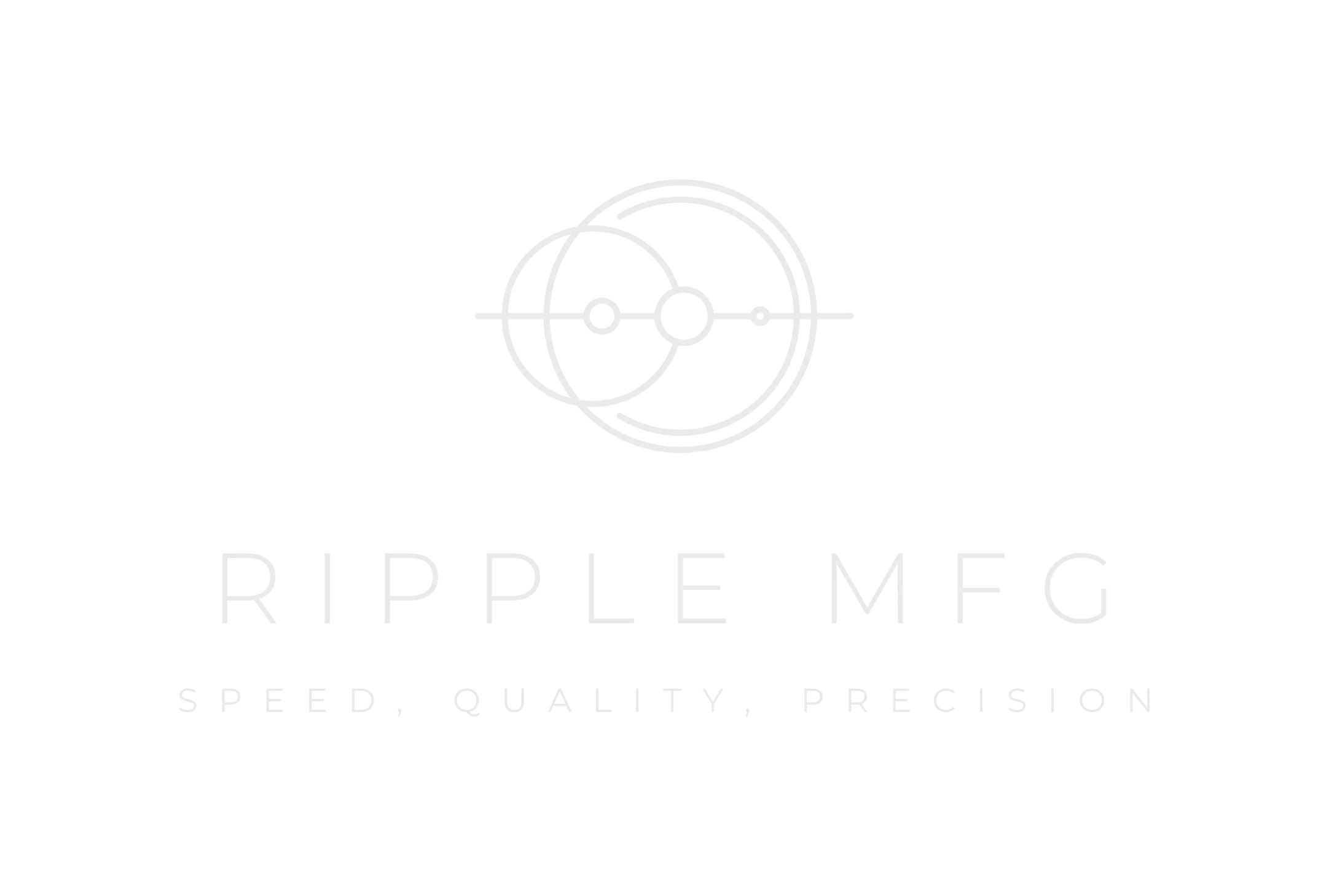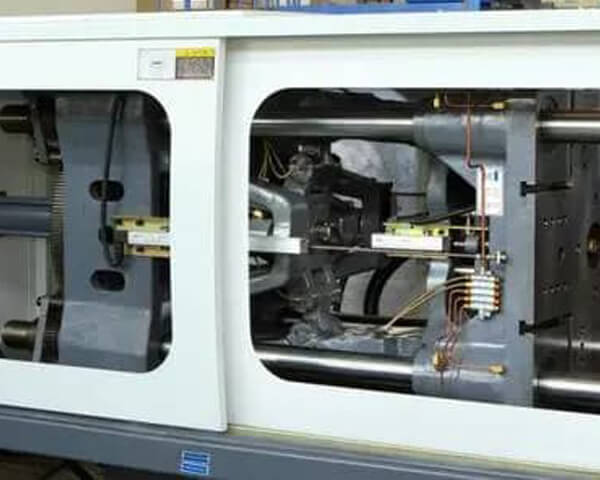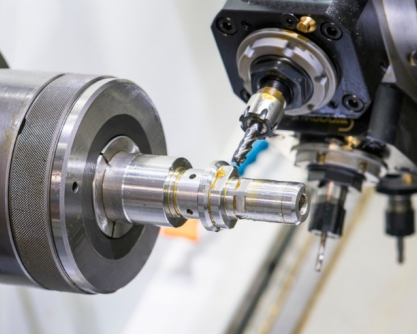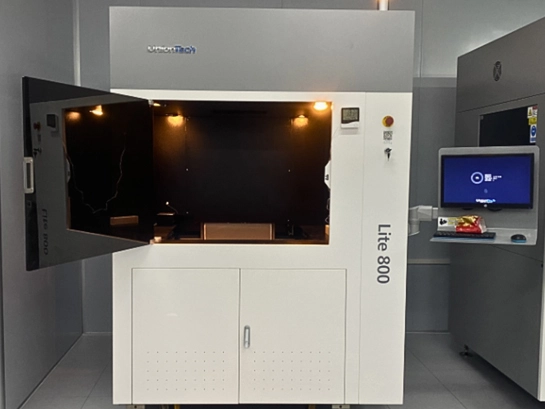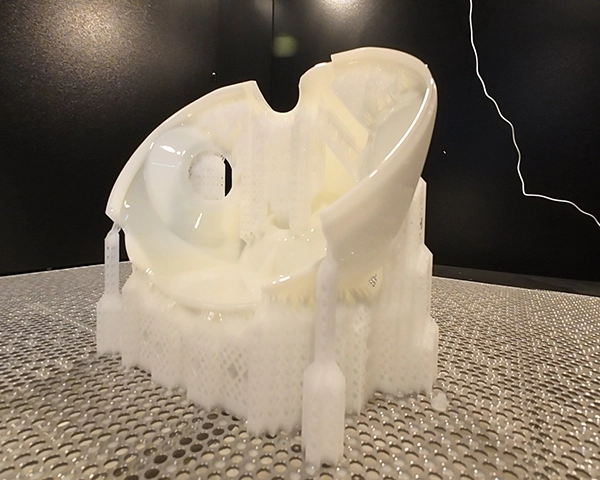Introduction to Sheet Metal Processing
Sheet metal processing is a pivotal technology that sheet metal technical staff needs to grasp, and it is also an important process for forming sheet metal products. Sheet metal processing includes traditional methods and process parameters such as cutting and downgrading, punching and cutting processing, bending and forming, etc. It also includes various cold stamping die structures and process parameters, various equipment working principles and manipulation methods, and also includes new stamping technology and new processes.
Sheet metal processing is called sheet metal processing. For example, sheet metal is used to make chimneys, barrels, oil tanks, ventilation pipes, elbows, small and large heads, round heads, funnel shapes, etc. The main processes are shearing, bending and edge-buckling, bending and forming, welding, riveting, etc., which require certain geometric knowledge. Sheet metal parts are thin sheet metal parts, that is, parts that can be processed by means of stamping, bending, stretching, etc. A general definition is that the thickness of the parts remains unchanged during processing. The corresponding parts are cast parts, forged parts, machined parts, etc.
Sheet Metal Processing Methods
Non-mold processing: A processing method for sheet metal by means of digital punching, laser cutting, shearing machine, bending machine, riveting machine, etc. It is generally used for sample making or small batch CNC machining production, and the cost is higher. Short processing cycle and quick response.
Mold processing: The sheet metal is processed by fixed molds, generally with undercutting mold and forming mold, mainly used for mass production and lower cost. Manufactured by prototype manufacturing companies, high front-end mold cost and guaranteed part quality. Long lead time for front-end processing and high tooling cost.
Sheet Metal Processing Flow
Downfeed: Digital punching, laser cutting, shearing machine
Forming: bending, stretching, punching: bending machine, punching machine, etc.
Other processing: press riveting, tapping, etc.
Welding: Sheet metal connection method
Surface treatment: Powder spraying, electroplating, wire drawing, silk-screening, etc.
- Custom Prototype Manufacturing in ConstructionMarch 19, 2024In the construction industry, custom prototype manufacturing is a critical component to ensure a smooth project, and Ripple MFG stands out in the field of custom prototype manufacturing in const...view
- Beyond 3D Printing: Exploring Precision Prototyping MachiningOctober 27, 2023The world of manufacturing and rapid prototyping has seen significant advancements in recent years. While 3D printing has gained immense popularity for creating prototypes and functional parts, there&...view
- What Are the Process Steps for Cast Urethane Prototypes?September 14, 2024Polyurethane resin is a versatile material used to produce various plastic products. Its applications are diverse because it can produce both flexible, almost rubber-like products, and rigid plastics....view
- What Are the Applications of 4-Axis CNC Machining Services?September 14, 2024About 4-Axis CNC Machining ServicesIn 4-axis CNC milling, the fourth axis is added to the movement of the cutting tool, allowing it to rotate around the x-axis. Now, there are four axes: the x-axis, y...view
- Aerospace Advancements: Breaking Barriers with Precision Prototype MachiningJanuary 5, 2024As we continue to explore the boundless possibilities of space travel and aerospace engineering, one crucial element stands at the forefront of innovation – precision prototype machining. From pushin...view
- How Much Do You Know About The Process -- Vacuum CastingFebruary 27, 2023Why vacuum castingIn our daily life, we often apply to plastic products, in general products, the use of more thermoplastics, this plastic in industrial production, generally with thermoforming, can b...view
